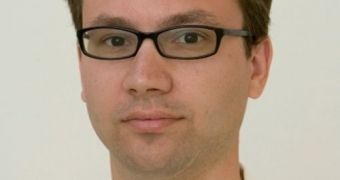Regenerative medicine, the field of science seeking to use stem cells for treating a wide variety of disease, has some tough challenges ahead, according to a two-year study published by experts at the University of California in Los Angeles (UCLA) in the August 16 issue of the journal Cell Research.
The team focused its investigation on determining how three types of cells derived from human embryonic stem cells (hESC) and induced pluripotent stem cells (iPSC) perform inside the body.
Experts noticed that all surveyed cells types tended to have behaviors very similar to each other. However, a major drawback was also found – the cells are developmentally more immature than the exact same cell types taken from human tissue directly.
Investigators from the UCLA Eli and Edythe Broad Center of Regenerative Medicine and Stem Cell Research, who led the research, say that these hESC and iPSC tend to resemble cells found in the fetus by the age of two months.
Considering that doctors want to use artificially-synthesized stem cells for transplantation and disease modeling, the new findings are very important. Not knowing about these drawbacks could have done some serious damage to patients, had drugs been developed based on cultures of such cells.
The new investigation was led by UCLA Division Life Sciences assistant professor of molecular, cell and developmental biology William Lowry, who is also the senior author of the new study.
“Once we found that the [hESC]– and the [iPSC] –derived progeny were similar, we wanted to understand how similar the progeny were to the same cells taken directly from human tissue,” the expert says.
“What we found, looking at gene expression, was that the cells we derived were similar to cells found in early fetal development and were functionally much more immature than cells taken from human tissue,” he goes on to say.
“This finding may lead to exciting new ways to study early human development, but it also may present a challenge for transplantation, because the cells you end up with are not something that's indicative of a cell you'd find in an adult or even in a newborn baby,” Lowry argues.
The new investigation was conducted with funding secured from the California Institute of Regenerative Medicine, the Basil O'Connor Starter Scholar Award and the Fuller Foundation.
The UCLA research is only the latest to suggest that the progeny of human PSC reflect an early developmental immaturity, which may become detrimental early on. Several groups are already focusing on finding a way around this issue.
“These findings provide support for the idea that human pluripotent stem cells can serve as useful in vitro models of early human development but also raise important issues for disease modeling and the clinical applications of their derivatives,” the team concludes in Cell Research.

 14 DAY TRIAL //
14 DAY TRIAL //